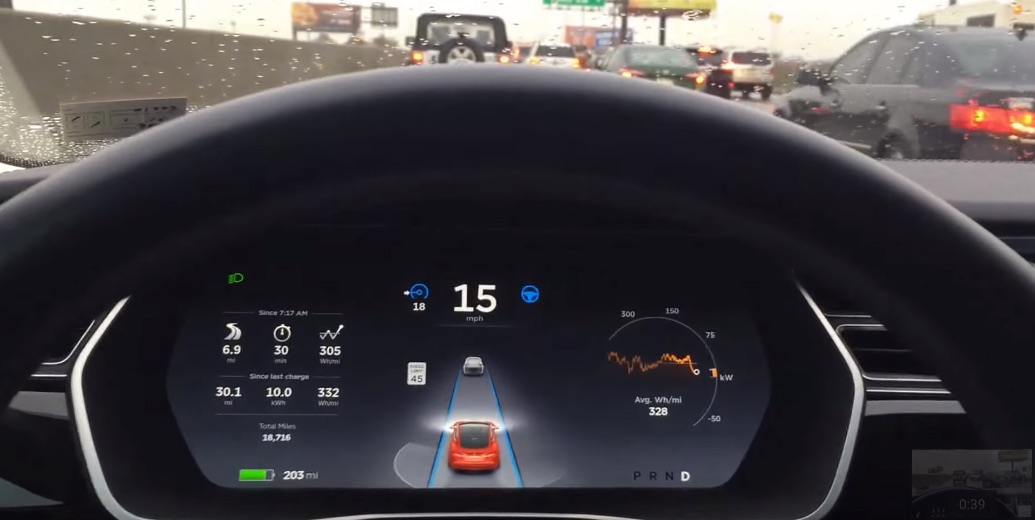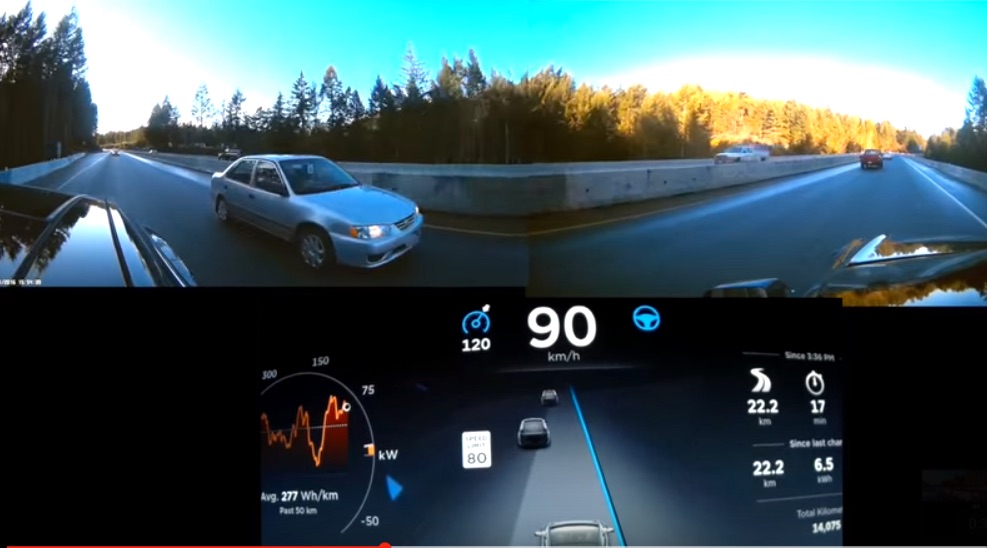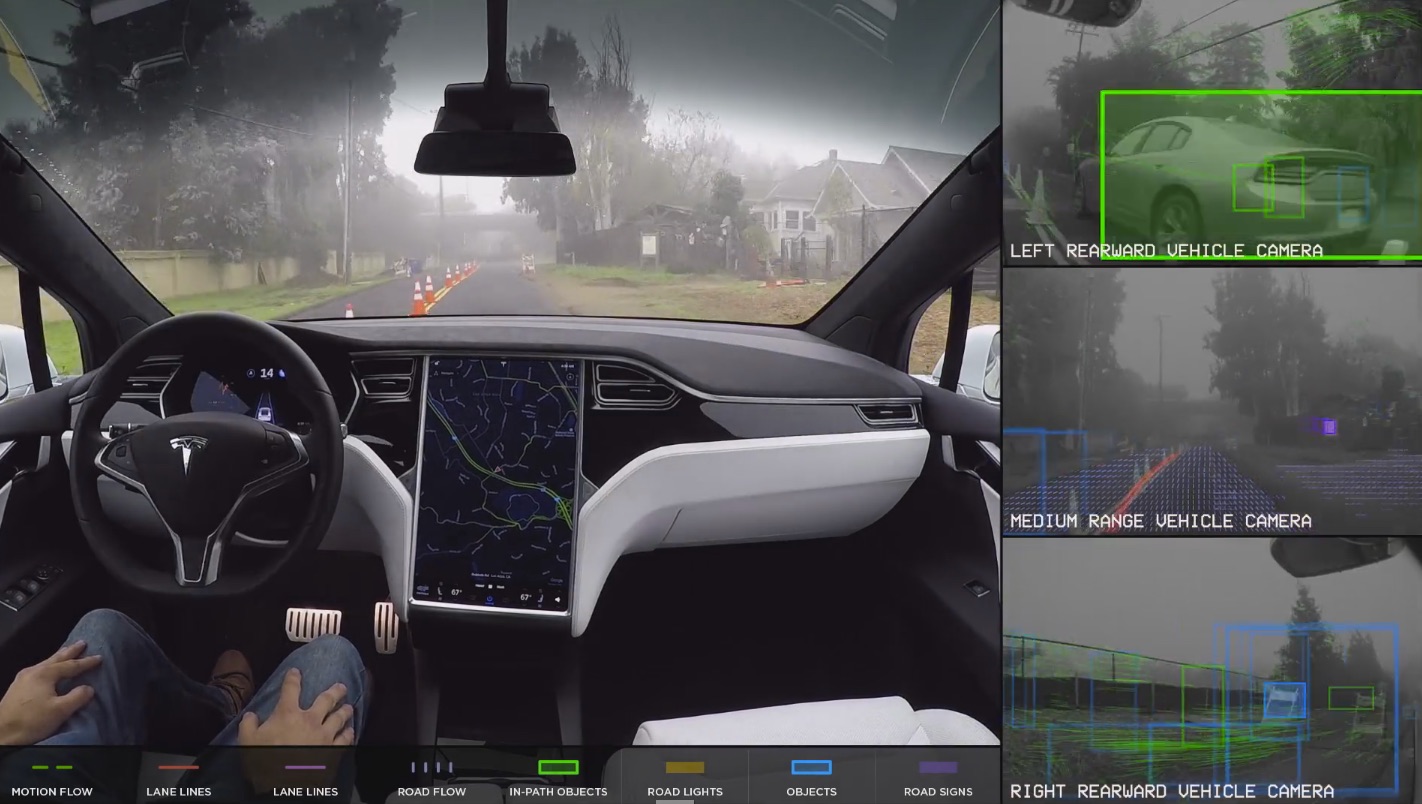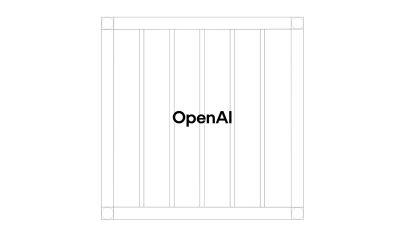

News
Tesla Autopilot and artificial intelligence: The unfair advantage
Serial tech entrepreneur and Tesla CEO Elon Musk has had a longstanding fear of artificial intelligence, but his company’s investments in artificial intelligence have been noted as an attempt to keep track of developments in the field of AI. In an interview for Vanity Fair in April 2017, he outright expressed his concerns with AI and claimed that one of the reasons for the development of SpaceX was that it could be an interplanetary escape route for humanity if artificial intelligence goes rogue. However, even Musk realizes the importance of AI in real-world applications, specifically for self-driving cars. At the end of June, Musk hired Andrej Karpathy as the new Director of Artificial Intelligence at Tesla, and MIT Technology Review claims it is the start of a plan to rethink automated driving at Tesla.
Karpathy comes from OpenAI, a non-profit company founded by Musk that focuses on “discovering and enacting the path to safe artificial general intelligence.” Afterwards, he moved on to intern at DeepMind, a place that spotlighted reinforcement learning with AI. Karpathy’s previous research focuses are on image understanding and recognition, which directly translates into applying proven image recognitions algorithms in Tesla’s Autopilot.
Recently, the popular question of morality was brought up in context to AI learning in Autopilot cars. It’s very interesting to consider how to teach technology to respond to an innately human moral problem. The Moral Machine, hosted by Massachusetts Institute of Technology, is a platform built to “gather human perspectives on moral decisions made by machine intelligence, such as self-driving cars.” It questions how the machine would act in human decisions such as whether to crash the driver or keep driving into a pedestrian that is crossing the street where there are no traffic regulators. How exactly do you teach a logical machine the mechanisms of ethical decision-making?
Although Musk and Tesla are the leaders in the self-driving field, a number of other companies are also entering into the competition sphere. Google, Uber, and Intel’s Mobileye have all been considering the application of reinforcement learning in the context of self-driving cars. Uber, Waymo, GM (Cruise Automation), Mobileye (camera supplier), Mercedes and Velodyne (LiDAR Supplier) could be potential competitors in the realm of self-driving vehicles. However, most of the technology does not encompass full self-driving, which is Musk’s aim. While other companies are investing heavily in autonomous fleets, Tesla far outpaces them in terms of data collection and release of finished product.
What are the differentiators for Tesla in the growing field of AI directed driverless cars?
Historically, Musk has focused on “narrow AI” which can enable the car to make decisions without driver interference. The vehicles would increasingly rely on radar as well as ultrasonic technology for sensing and data-gathering to form the basis for Tesla’s Autopilot algorithms. A technology that isn’t derived from LiDAR, the combination of radar and camera system said to outperform LiDAR especially in adverse weather conditions such as fog.
With the introduction of Autopilot 2.0 and Tesla’s “Vision” system, and billions of miles real-world driving data collected by Model S and Model X drivers, Tesla continues to create a detailed 3D map of the world that has increasingly finer resolution as more vehicles are purchased, delivered and placed onto roadways. The addition of GPS allows Tesla to put together a visual driving map for AI vehicles to follow, paving the path for newer and more advanced vehicles.
The addition of Karpathy will be a notable asset for Tesla’s Autopilot team. In specific, the team will be able to apply Karpathy’s deep knowledge of reinforcement learning systems. Reinforcement learning for AI is similar to teaching animals via repetition of a behavior until a positive outcome is yielded. This type of machine learning will allow Tesla Autopilot to navigate complex and challenging scenarios. For example, AI will allow cars to determine in real-time how to navigate a four-way stop, a busy intersection or other difficult situations present on city streets. By making cars smarter with the way they navigate drivers, Tesla will put itself ahead of the curve with a fully-thinking, fully self-driving car.
Tesla is expected to demonstrate a fully autonomous cross-country drive from California to New York by the end of this year as a showcase for its upcoming Full Self-driving Capability. If you’re buying a Tesla Model 3, or an existing Model S or Model X owner, just know that you’re contributing to a self-driving future, mile by mile.
News
Tesla begins Robotaxi certification push in Arizona: report
Tesla seems serious about expanding its Robotaxi service to several states in the coming months.

Tesla has initiated discussions with Arizona transportation regulators to certify its driverless Robotaxi service in the state, as per a recent report from Bloomberg News. The move follows Tesla’s launch of its Robotaxi pilot program in Austin, Texas, as well as CEO Elon Musk’s recent comments about the service’s expansion in the Bay Area.
The Arizona Department of Transportation confirmed to Bloomberg that Tesla has reached out to begin the certification process for autonomous ride-sharing operations in the state. While details remain limited, the outreach suggests that Tesla is serious about expanding its driverless Robotaxi service to several territories in the coming months.
The Arizona development comes as Tesla prepares to expand its service area in Austin this weekend, as per CEO Elon Musk in a post on X. Musk also stated that Tesla is targeting the San Francisco Bay Area as its next major market, with a potential launch “in a month or two,” pending regulatory approvals.
Tesla first launched its autonomous ride-hailing program on June 22 in Austin with a small fleet of Model Y vehicles, accompanied by a Tesla employee in the passenger seat to monitor safety. While still classified as a test, Musk has said the program will expand to about 1,000 vehicles in the coming months. Tesla will later upgrade its Robotaxi fleet with the Cyercab, a two-seater that is designed without a steering wheel.
Sightings of Cybercab castings around the Giga Texas complex suggests that Tesla may be ramping the initial trial production of the self-driving two-seater. Tesla, for its part, has noted in the past that volume production of the Cybercab is expected to start sometime next year.
In California, Tesla has already applied for a transportation charter-party carrier permit from the state’s Public Utilities Commission. The company is reportedly taking a phased approach to operating in California, with the Robotaxi service starting with pre-arranged rides for employees in vehicles with safety drivers.
News
Tesla sets November 6 date for 2025 Annual Shareholder Meeting
The automaker announced the date on Thursday in a Form 8-K.

Tesla has scheduled its 2025 annual shareholder meeting for November 6, addressing investor concerns that the company was nearing a legal deadline to hold the event.
The automaker announced the date on Thursday in a Form 8-K submitted to the United States Securities and Exchange Commission (SEC). The company also listed a new proposal submission deadline of July 31 for items to be included in the proxy statement.
Tesla’s announcement followed calls from a group of 27 shareholders, including the leaders of large public pension funds, which urged Tesla’s board to formally set the meeting date, as noted in a report from The Wall Street Journal.
The group noted that under Texas law, where Tesla is now incorporated, companies must hold annual meetings within 13 months of the last one if requested by shareholders. Tesla’s previous annual shareholder meeting was held on June 13, 2024, which placed the July 13 deadline in focus.
Tesla originally stated in its 2024 annual report that it would file its proxy statement by the end of April. However, an amended filing on April 30 indicated that the Board of Directors had not yet finalized a meeting date, at least at the time.
The April filing also confirmed that Tesla’s board had formed a special committee to evaluate certain matters related to CEO Elon Musk’s compensation plan. Musk’s CEO performance award remains at the center of a lengthy legal dispute in Delaware, Tesla’s former state of incorporation.
Due to the aftermath of Musk’s legal dispute about his compensation plan in Delaware, he has not been paid for his work at Tesla for several years. Musk, for his part, has noted that he is more concerned about his voting stake in Tesla than his actual salary.
At last year’s annual meeting, TSLA shareholders voted to reapprove Elon Musk’s compensation plan and ratified Tesla’s decision to relocate its legal domicile from Delaware to Texas.
Elon Musk
Grok coming to Tesla vehicles next week “at the latest:” Elon Musk
Grok’s rollout to Tesla vehicles is expected to begin next week at the latest.

Elon Musk announced on Thursday that Grok, the large language model developed by his startup xAI, will soon be available in Tesla vehicles. Grok’s rollout to Tesla vehicles is expected to begin next week at the latest, further deepening the ties between the two Elon Musk-led companies.
Tesla–xAI synergy
Musk confirmed the news on X shortly after livestreaming the release of Grok 4, xAI’s latest large language model. “Grok is coming to Tesla vehicles very soon. Next week at the latest,” Musk wrote in a post on social media platform X.
During the livestream, Musk and several members of the xAI team highlighted several upgrades to Grok 4’s voice capabilities and performance metrics, positioning the LLM as competitive with top-tier models from OpenAI and Google.
The in-vehicle integration of Grok marks a new chapter in Tesla’s AI development. While Tesla has long relied on in-house systems for autonomous driving and energy optimization, Grok’s integration would introduce conversational AI directly into its vehicles’ user experience. This integration could potentially improve customer interaction inside Tesla vehicles.
xAI and Tesla’s collaborative footprint
Grok’s upcoming rollout to Tesla vehicles adds to a growing business relationship between Tesla and xAI. Earlier this year, Tesla disclosed that it generated $198.3 million in revenue from commercial, consulting, and support agreements with xAI, as noted in a report from Bloomberg News. A large portion of that amount, however, came from the sale of Megapack energy storage systems to the artificial intelligence startup.
In July 2023, Musk polled X users about whether Tesla should invest $5 billion in xAI. While no formal investment has been made so far, 68% of poll participants voted yes, and Musk has since stated that the idea would be discussed with Tesla’s board.
-

 Elon Musk1 week ago
Elon Musk1 week agoTesla investors will be shocked by Jim Cramer’s latest assessment
-

 Elon Musk3 days ago
Elon Musk3 days agoElon Musk confirms Grok 4 launch on July 9 with livestream event
-

 Elon Musk16 hours ago
Elon Musk16 hours agoxAI launches Grok 4 with new $300/month SuperGrok Heavy subscription
-

 News7 days ago
News7 days agoTesla Model 3 ranks as the safest new car in Europe for 2025, per Euro NCAP tests
-

 Elon Musk2 weeks ago
Elon Musk2 weeks agoA Tesla just delivered itself to a customer autonomously, Elon Musk confirms
-

 Elon Musk1 week ago
Elon Musk1 week agoxAI’s Memphis data center receives air permit despite community criticism
-

 Elon Musk2 weeks ago
Elon Musk2 weeks agoTesla’s Omead Afshar, known as Elon Musk’s right-hand man, leaves company: reports
-

 News2 weeks ago
News2 weeks agoXiaomi CEO congratulates Tesla on first FSD delivery: “We have to continue learning!”















